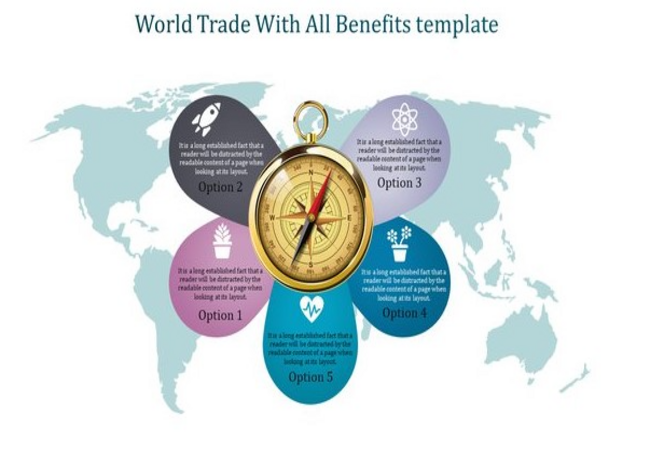5 Best Practices to Assist with Grant Writing Proposal

Preparing and writing your grant application can be a daunting task to both seasoned writers or novices. Patience is vital in grant writing proposals for the success is not immediate. Also, there is no application template to guarantee success. But, there are practices you can follow to prepare your usgrants application.
Introduction to Grant Writing Proposal:
Utilize the grant writing practices, and you will find that the process becomes more fluent, and you increase your chances of success. Remember, the reviewers are looking at specific criteria in the grant applications. So, you need to know how to eliminate some of these recurring problems in your application. Below are best practices to assist with your grant writing proposal.
Prepare and research
It is vital to know your funder. Research to know about the past and current stuff about the funding foundation. The previously funded projects, funding priorities, the mission. Every funding organization is different. Some have a broad funding priority others have specific and narrow priorities.
Thus, it is best to pay attention to them. Through doing your research, you will be able to tell if your organization is fit to apply or you have to change your proposal to fit the interests and goals of the funder. Importantly, do not use one grant proposal to apply for multiple grants. Tailor each proposal to blend with the organization you are applying to at the moment.
Do not assume
Grant funders always have everything in the clear. Therefore, do not assume and submit your application in a way you think fits or does not follow any other guidelines they offer. For instance, if the Grant Writing Proposal submission requirements state you should not use paper applications, do not send a letter, and hope for the best.
If you do this, it will be the fastest to receive a rejection on your application without looking at it further. Plus, you are not the only applicant for the grant. Grants have many applicants, and following the correct format ensures that your application heads over to the next stage, the review panel.
Manage your time
Time management is crucial once you find an opportunity that meets your needs. Be sure of the deadlines and spend enough time writing your proposal. Preparing your application a month to the deadline or weeks to will not yield the results you desire. Plan several rounds of editing and revision through the development process.
For instance, you may face a roadblock, and you will have to obtain further information and details to justify your request about Grant Writing Proposal. If your few hours from the deadline, overcoming such a challenge will be hard to execute on time.
Be clear and add value
You must be able to describe your project as clearly and detailed as possible in the compressed space of your application. Look for tips to help you write concisely and to add value to your proposal. Plus, elaborate on both the proposed outcome and the need. You need to convince your reviewer you need the funding and there is a significant and measurable outcome, or they will turn their attention to other applicants.
Track your success
Most grant applicants think once they submit their grant application, the process is over. Yet, most grant applications have a follow-up system after submitting your application. It includes follow-up deadlines, revisions, phone interviews, questions, and further requests for information from the funder. Where the organization mentions site visits, follow-up questions, or phone interviews as part of the requirements, start preparing for these before you even send out your application.
Last words on Grant Writing Proposal:
To sum up, the above are a few of the best practices that will be helpful with your grant writing application. But, whether your proposal receives the funds or not, the reviewers will provide feedback information about the foundations’ decision.
Or you can decide to ask for feedback to get vital insights into your weakness and strengths. Plus, you get to know the direction to follow next time you apply for funding. Set yourself up for success and follow these practices. Through this, you increase your chances of receiving funding, but you establish a process you can use in future applications.

